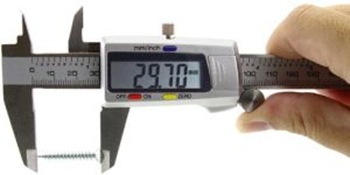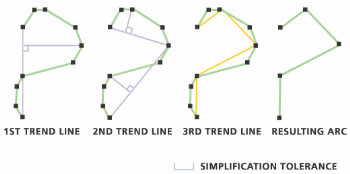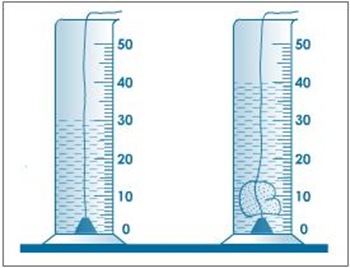| Admissions | Accreditation | A to Z Degree Fields | Booksellers | Catalog | Colleges | Contact Us | Continents/States/Districts | Contracts | Distance Education | Emergency | Emergency Medicine | Examinations | Forms | Grants | Hostels | Honorary Doctorate degree | Human Services | Internet | Investment | Instructors | Login | Lecture | Librarians | Membership | Observers | Professional Examinations | Programs | Progress Report | Recommendations | Research Grants | Researchers | Students login | School | Search | Seminar | Study Center/Centre | Sponsorship | Tutoring | Thesis | Universities | Work counseling |
|
Methods of Measurements A Measurement is the outcome of an opinion formed by observers about some physical quantity. MEASUREMENTS:  A Measurement is the outcome of an opinion formed by observers about some physical quantity. CLASSIFICATION OF MEASUREMENTS: o Standards - ( Reproduce the value of given quantity ) o Fixed Gauges – (Check Dimensions) o Measuring Instruments – (Determine the measured value) NEEDS FOR MEASUREMENT: 1. To Determine the true dimensions of a part. 2. To increase our knowledge and understanding of the world. 3. Needed for ensuring public health and human safety. 4. To convert physical parameters into meaningful numbers. 5. To test if the elements that constitute the system function as per the design. 6. For evaluating the performance of a system. 7. For studying some basic laws of nature. 8. To ensure interchangeability with a view to promoting mass production. 9. To evaluate the response of the system to particular point. 10. To check the limitations of theory in actual situations. 11. To establish the validity of design and for finding new data and new designs. METHODS OF MEASUREMENT: 1. Direct Comparison 2. Indirect Comparison 3. Comparative Method 4. Coincidence Method 5. Fundamental Method 6. Contact Method 7. Transposition Method 8. Complementary Method 9. Deflection Method Direct Method: Measurements are directly obtained. Ex:Vernier Caliper,Scales. 01-electroniccaliper-VERNIER CALIPER-DIGITAL VERNIER CALIPER-DIRECT MEASUREMENTS-ACCURATE-PRECISION MEASUREMENTS-CALIBRATED INSTRUMENTS  Indirect Method: Obtained by measuring other quantities. Ex:Diameter measurement by using three wires.  Comparative Method: It’s compared with other known value. Ex:Comparators.  Coincidence Method: Measurements coincide with certain lines and signals.  Fundamental Method: Measuring a quantity directly in related with the definition of that quantity. Contact Method: Sensor/Measuring tip touch the surface area. Ex:Vernier Caliper.  Transposition Method: Quantity to be measured is first balanced by a known value and then balanced by an other new known value. Ex:Determination of mass by balancing methods.  Complementary Method:  The value of quantity to be measured is combined with known value of the same quantity. Ex:Volume determination by liquid displacement. Deflection Method: The value to be measured is directly indicated by a deflection of pointer. Ex:Pressure Measurement.  TERMS OF MEASUREMENT: Precision: The ability of the instrument to reproduce it’s readings or observation again and again for constant input signal. Accuracy: Closeness/conformity to the true value of the quantity under measurement.  Error: The difference between true value and measured value is known as measurement error. Error = Vt – Vm Reliability: It is defined as the probability that a given system will perform it’s function adequately for it’s specified period of lifetime under specified operating conditions. http://www.mechanicalengineeringblog.com/tag/methods-of-measurements/ |
